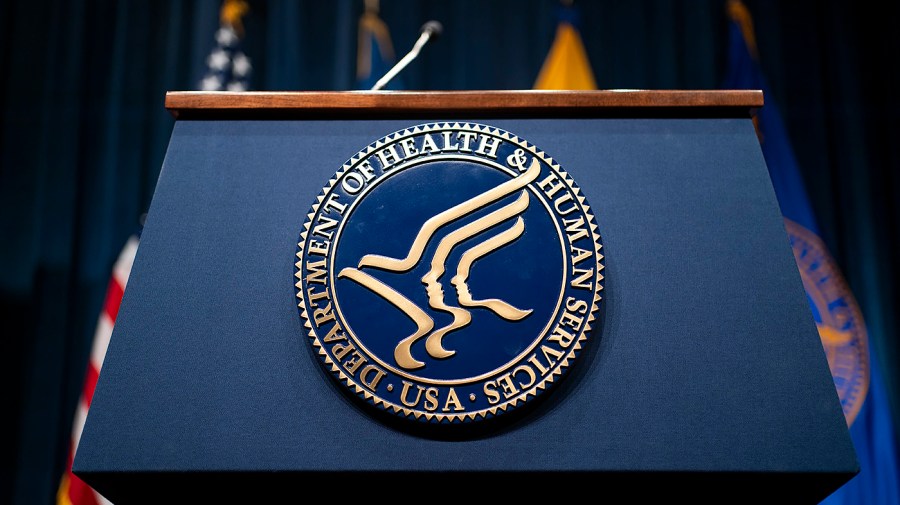A federal judge on Tuesday ruled that the mass layoffs carried out at the Department of Health and Human Services (HHS) likely violated the law, citing substantial evidence of potential irreparable harm. U.S. District Judge Melissa R. DuBose, who was appointed by former President Biden, issued the ruling amid growing concerns over the implications of the layoffs on public health services.
The decision comes as a significant blow to the HHS, which had defended the layoffs as a necessary measure to address budget constraints. Judge DuBose’s ruling highlights the legal challenges facing the department and the potential impact on its workforce and operations.
Background of the Layoffs
The layoffs, which were announced earlier this year, affected hundreds of employees across various divisions of the HHS. The department cited financial difficulties and the need to streamline operations as the primary reasons for the workforce reduction. However, the decision was met with immediate backlash from employees and unions, who argued that the layoffs were both abrupt and unjustified.
According to internal sources, the layoffs disproportionately impacted certain divisions, raising questions about the criteria used for selecting employees for termination. Critics have pointed out that the move could undermine critical health services, especially during a time when public health infrastructure is under significant strain.
Legal and Ethical Implications
Judge DuBose’s ruling underscores the legal complexities surrounding mass layoffs in federal agencies. The judge noted that the evidence presented by the plaintiffs demonstrated a likelihood of success in proving that the layoffs violated federal employment laws. The ruling also emphasized the potential for irreparable harm to both employees and the public if the layoffs were allowed to proceed unchecked.
“The evidence suggests that the layoffs were conducted without adequate consideration of legal obligations and the potential impact on public health services,” Judge DuBose stated in her ruling.
The case has drawn attention to the broader ethical considerations of workforce reductions in government agencies, particularly those tasked with safeguarding public health. Experts argue that such decisions must balance fiscal responsibility with the need to maintain essential services.
Expert Opinions and Historical Context
Employment law experts have weighed in on the ruling, suggesting that it could set a precedent for how federal agencies approach workforce reductions in the future. Professor Linda Carter, a specialist in labor law at Georgetown University, noted that the case highlights the importance of transparency and due process in government employment practices.
“This ruling could serve as a wake-up call for federal agencies to reevaluate their employment policies and ensure compliance with legal standards,” Carter explained.
Historically, federal agencies have faced similar challenges when implementing large-scale layoffs. In the early 1990s, the Department of Defense faced legal scrutiny over its workforce reduction strategies, leading to reforms in how such decisions are made. The current case may prompt similar reforms within the HHS and other federal bodies.
Looking Ahead
The ruling has immediate implications for the HHS and its employees. The department is expected to appeal the decision, which could lead to further legal battles. Meanwhile, employee unions are advocating for the reinstatement of affected workers and the implementation of more transparent layoff procedures.
As the case unfolds, it will be closely watched by other federal agencies and employment law experts. The outcome could influence future policies and practices regarding workforce management within the federal government.
For now, the ruling serves as a reminder of the delicate balance between fiscal management and the obligation to uphold legal and ethical standards in public service. The HHS, along with other federal entities, may need to reassess their strategies to ensure compliance and protect the interests of both employees and the public.
About The Author
 Primo Brands Sets Date for Q2 2025 Earnings Release and Conference Call
Primo Brands Sets Date for Q2 2025 Earnings Release and Conference Call Patrick Industries to Present at CJS Securities Conference Amid Market Growth
Patrick Industries to Present at CJS Securities Conference Amid Market Growth Heart Disease Mortality Declines Overall, but Some Conditions Worsen
Heart Disease Mortality Declines Overall, but Some Conditions Worsen UPenn to Ban Transgender Athletes, Erase Lia Thomas’ Records Amid Title IX Agreement
UPenn to Ban Transgender Athletes, Erase Lia Thomas’ Records Amid Title IX Agreement PNC Financial Services Reveals Stress Capital Buffer and Future Capital Plans
PNC Financial Services Reveals Stress Capital Buffer and Future Capital Plans